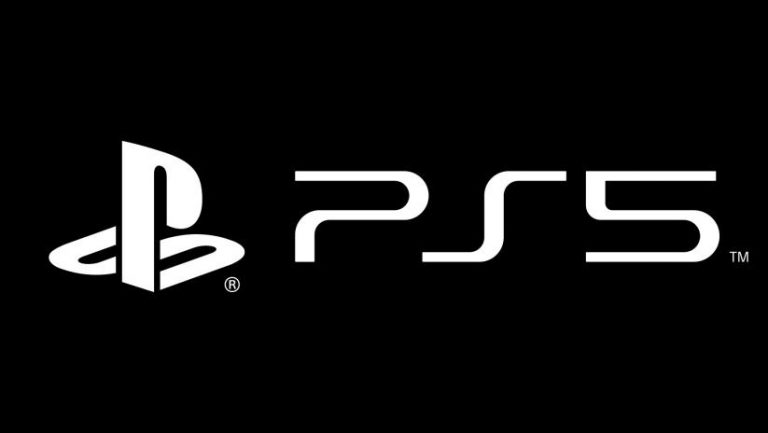Part and parcel with the reveal of the PS5’s CPU and GPU technical specification, was the confirmation of just how many teraflops Sony’s next-generation PlayStation 5 console will be able to kick out.
Effectively a grading of raw technical computational performance, teraflops have long been used by not just platform holders, but also their fandoms in proclaiming the superiority of their hardware over that of the competition. Well, now we know how PS5 measures up against the competition.
How Many Teraflops Does PS5 Have?
During the extended full reveal of the PlayStation 5’s technical specification, Lead Systems Architect Mark Cerny confirmed that the PS5 will be capable of pushing out 10.28 teraflops.
So now, at last, we can *finally* put the entire teraflop rumor/leak mill to bed. At. Last.
Why Do Teraflops Matter?
Teraflops matter because they provide an effective measurement of overall computational performance. Why you should care however, is because teraflops provide a fairly decent indicator of how capable a given platform is at pushing out sophisticated visuals and rendering.
Want a console that can push out 8K visuals, hardware raytracing and a baseline 4K/60 experience? Yeah, the current 4.2 teraflops found in the current generation PS4 Pro simply isn’t going to cut it – hence the need for more power (a lot more power), to be present under the hood, something that PS5 ably provides.

However the odd truth is that, well, teraflops matter far less in the next generation than they do in the current one. The main reason is that, quite simply, the manner in which a teraflop is measured has changed drastically.
In the current era of the PS4 Pro and Xbox One X, teraflops are measured in a fairly uniform fashion with both consoles using the GCN (Graphics Core Next) method as a baseline. However, with the new RDNA 2 graphics architecture that features in both PS5 and Xbox Series X, efficiencies have been baked into the silicon that effectively make each teraflop in both consoles provide 25% more performance than their current-gen counterparts.
This means that whenever you compare current generation teraflop figures with those that Mark Cerny quoted for PlayStation 5, you should always modify the PS5’s additional performance total by an extra 25% to account for the higher performance next-generation architecture. Essentially then, you’re now getting more bang for your teraflops. Or something.
Finally, another reason why teraflops matter less than they used to is because they are just one indicator of next-generation performance throughput. Teraflops do not, for example, take into other next-gen features such as blazingly fast SSD drives, which are arguably as much a part of the PlayStation 5 experience as raw graphical power.
